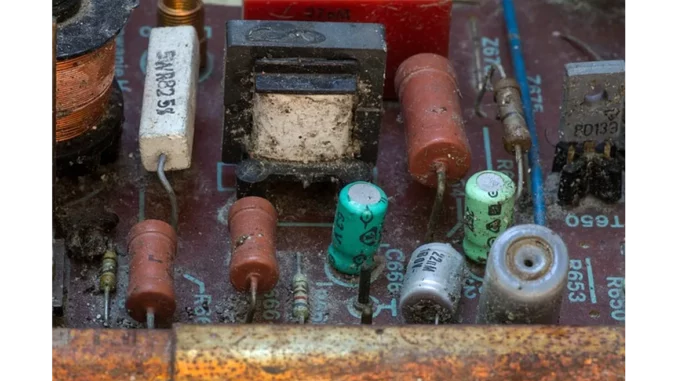
Summary
AI’s Rapid Growth Could Add 5 Million Metric Tons of E-Waste by 2030
As artificial intelligence (AI) technology continues to advance, its environmental implications, specifically its contribution to electronic waste (e-waste), are raising concerns. A study published in Nature Computational Science estimates that the adoption of generative AI could generate an additional 1.2 million to 5 million metric tons of e-waste by 2030. This issue underscores the urgent need for sustainable practices in the tech industry to mitigate AI’s impact on e-waste.
Main Article
The swift evolution of artificial intelligence is reshaping industries worldwide, but it’s also contributing to a less visible yet significant issue: electronic waste. E-waste comprises discarded electronic devices, including air conditioners, televisions, mobile phones, and laptops, often containing hazardous materials such as lead, mercury, and chromium. These substances pose severe risks to both human health and the environment if improperly disposed of.
The proliferation of AI technologies, particularly generative AI, is poised to exacerbate the e-waste problem. According to recent research in Nature Computational Science, the burgeoning demand for high-performance computing hardware, pivotal for AI operations, is expected to add between 1.2 million and 5 million metric tons of e-waste by 2030. This hardware encompasses servers, GPUs, CPUs, memory modules, and storage devices, all integral to data centres and server farms that underpin AI applications.
Sources and Components of E-Waste
AI’s reliance on advanced computing infrastructure is a double-edged sword. On one hand, it drives innovation and efficiency; on the other, it accelerates the obsolescence of technology. The typical lifespan of these computing devices ranges from just two to five years, necessitating frequent upgrades and replacements. This cycle contributes significantly to the volume of e-waste, where valuable metals like copper, gold, silver, aluminium, and rare earth elements coexist with harmful substances.
Sustainability Practices and Regulatory Role
While e-waste is a broader issue that extends beyond AI, the rapid growth of AI technology offers a pivotal moment to reevaluate e-waste management strategies. Extending the lifespan of devices, refurbishing components, and designing hardware with recyclability in mind are viable approaches. According to Dr. Ethan Leclerc, a leading figure in sustainable technology practices, “In a best-case scenario, implementing these strategies could reduce e-waste generation by up to 86%.”
AI companies are urged to adopt sustainable manufacturing and disposal practices. This includes using sustainable materials and ensuring the proper disposal of hazardous components. Governments and regulatory bodies must also play an active role by enforcing stricter e-waste management regulations and promoting recycling initiatives.
Public Awareness and Education
Public awareness is critical in tackling the e-waste problem. Consumers should be informed about the environmental impact of their electronic devices and encouraged to recycle responsibly. Initiatives such as e-waste collection drives and recycling programs can contribute significantly to reducing the environmental footprint of AI and other technologies.
Rebecca Townsend, an environmental policy expert, emphasises, “Educating the public on the importance of recycling and proper disposal is key to addressing the e-waste challenge. We all have a role to play in ensuring that technology advancements do not come at the expense of our planet.”
Detailed Analysis
The increasing e-waste due to AI reflects broader trends in the tech industry, where rapid product cycles and consumer demand for the latest devices drive waste. As AI technologies become more integrated into everyday life, the environmental costs of such advancements become a pressing issue. The intersection of technological progress and environmental sustainability is a critical area for both policy makers and industry leaders.
Future strategies could involve the development of circular economies within the tech sector, where products are designed for longevity, repairability, and recyclability. The concept of a circular economy is gaining traction as a potential solution to the growing e-waste problem, aligning economic incentives with environmental sustainability.
Further Development
As AI continues to evolve, so too will the dialogue around its environmental impact. Future developments in AI technology and e-waste management will likely focus on innovation in materials science, enabling more sustainable components and devices. Regulatory bodies may introduce more robust frameworks to ensure compliance and promote best practices in e-waste management.
Stakeholders across the board are expected to collaborate more closely to address these challenges. Readers are encouraged to stay informed as the story unfolds, with further coverage anticipated on the latest regulatory changes, technological advancements, and corporate sustainability initiatives in the AI sector.

